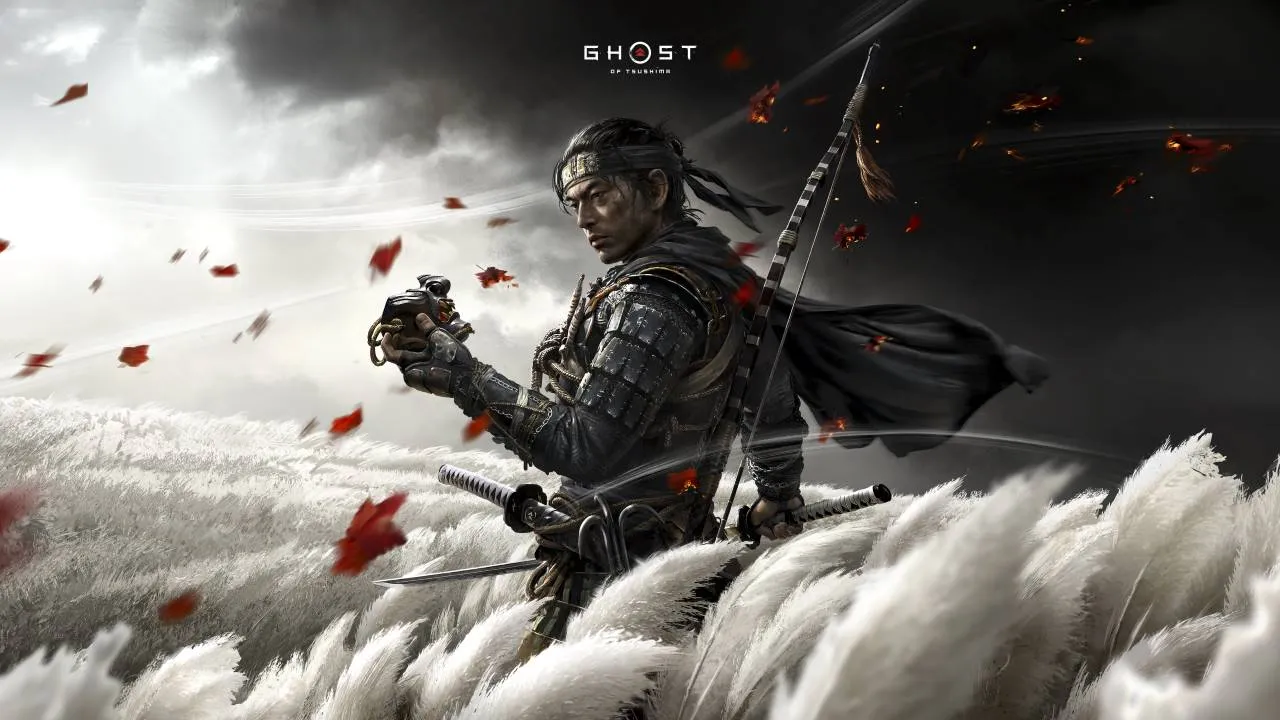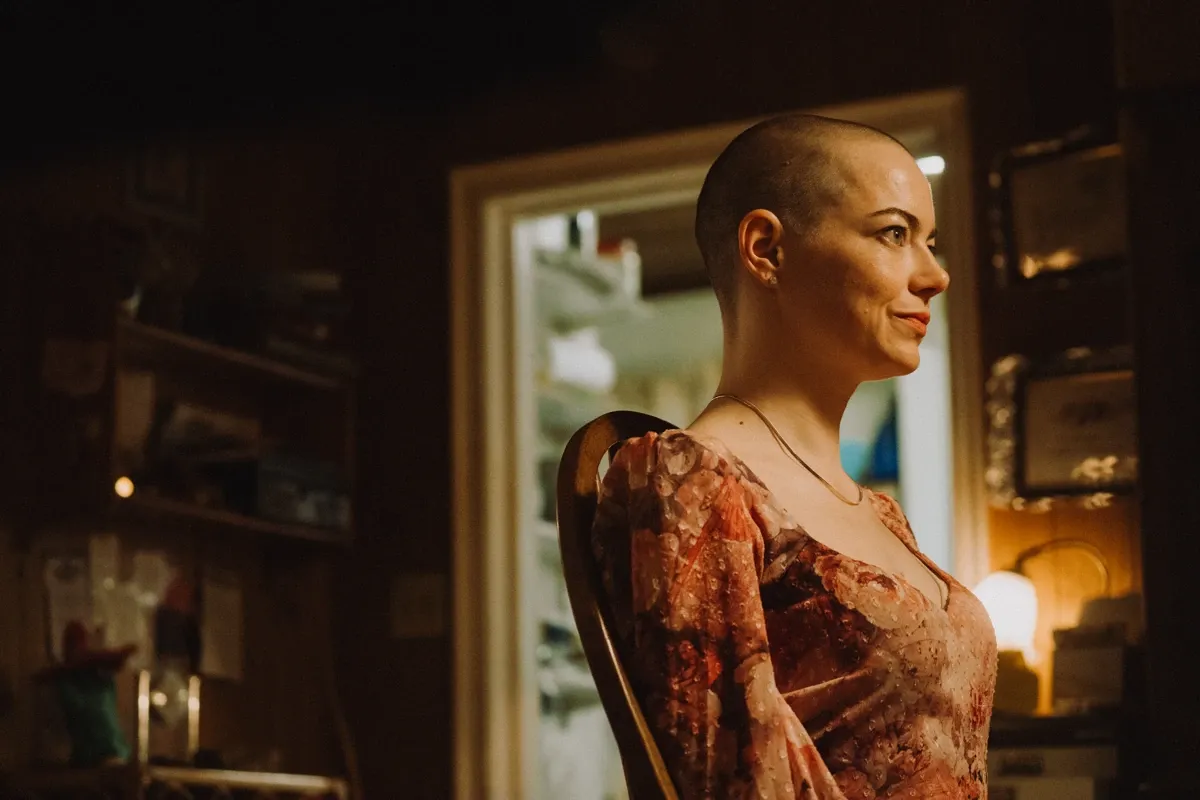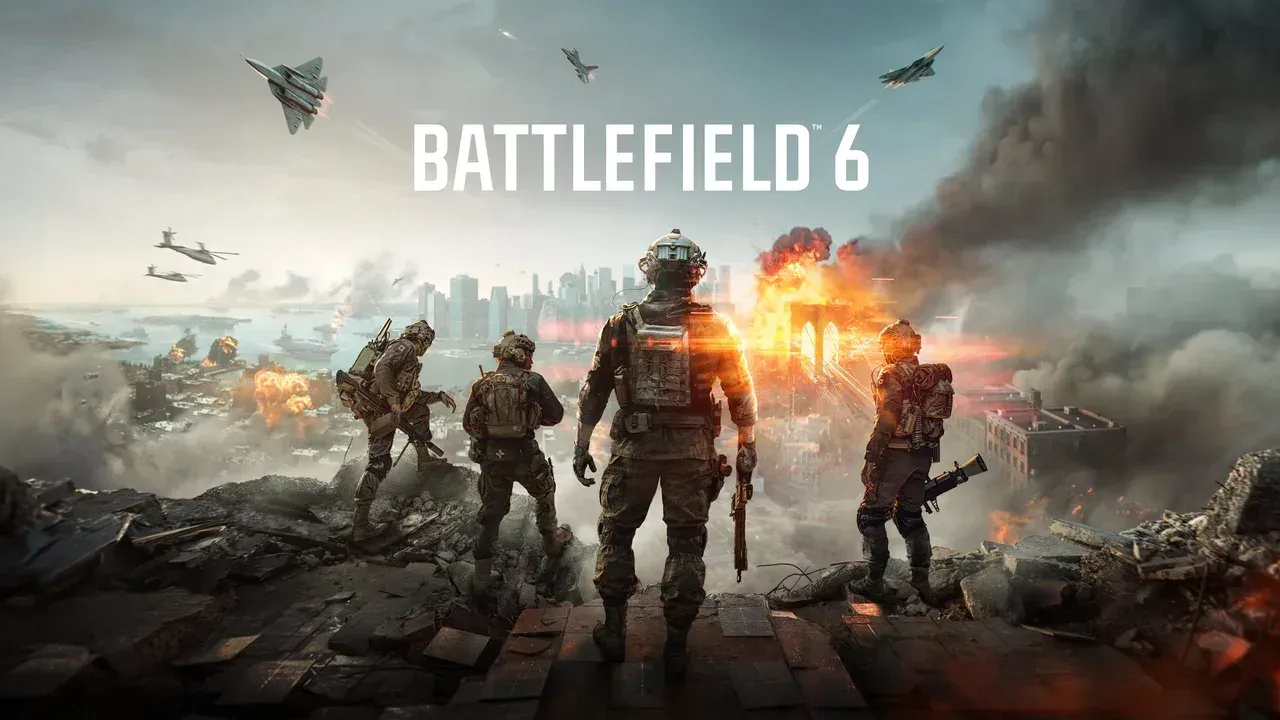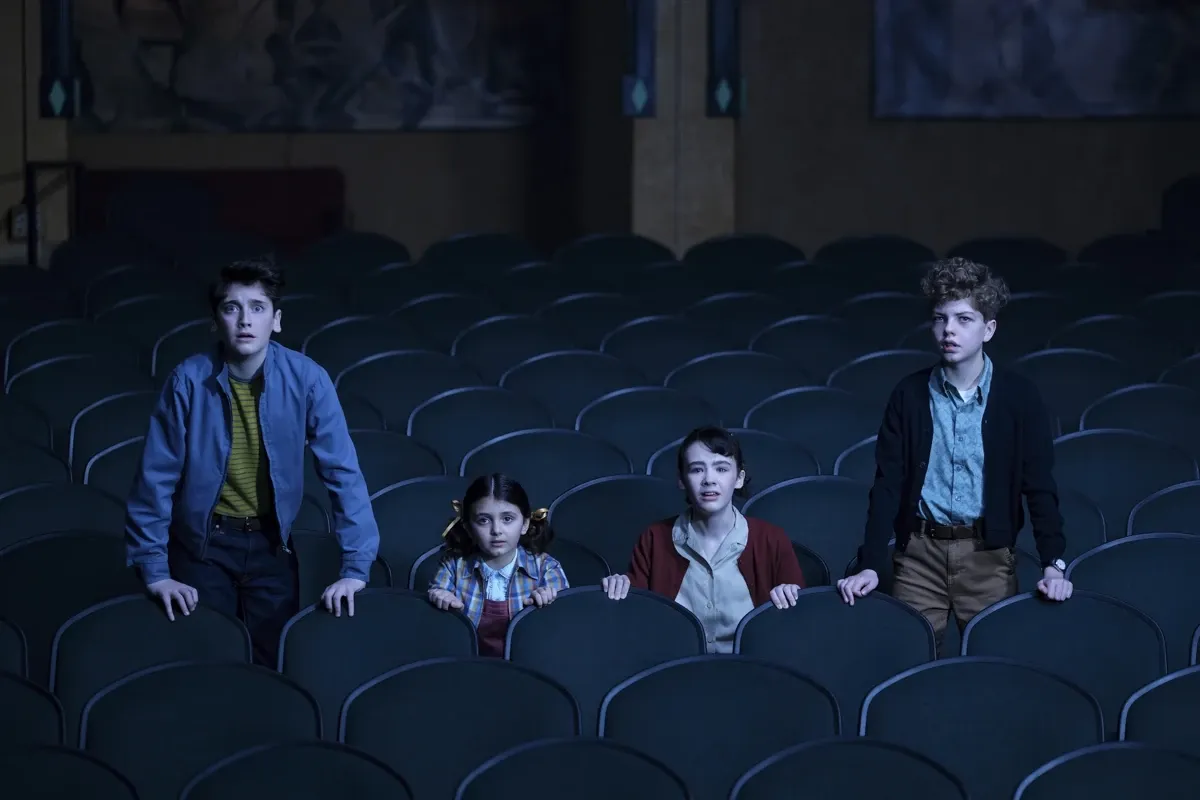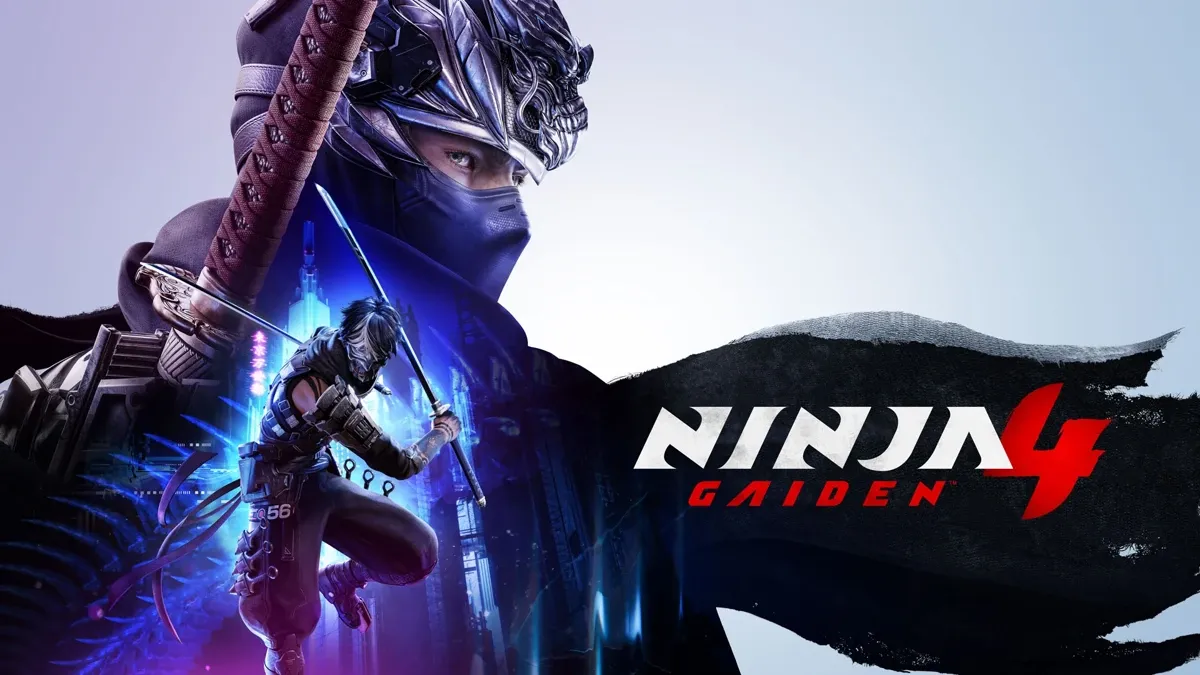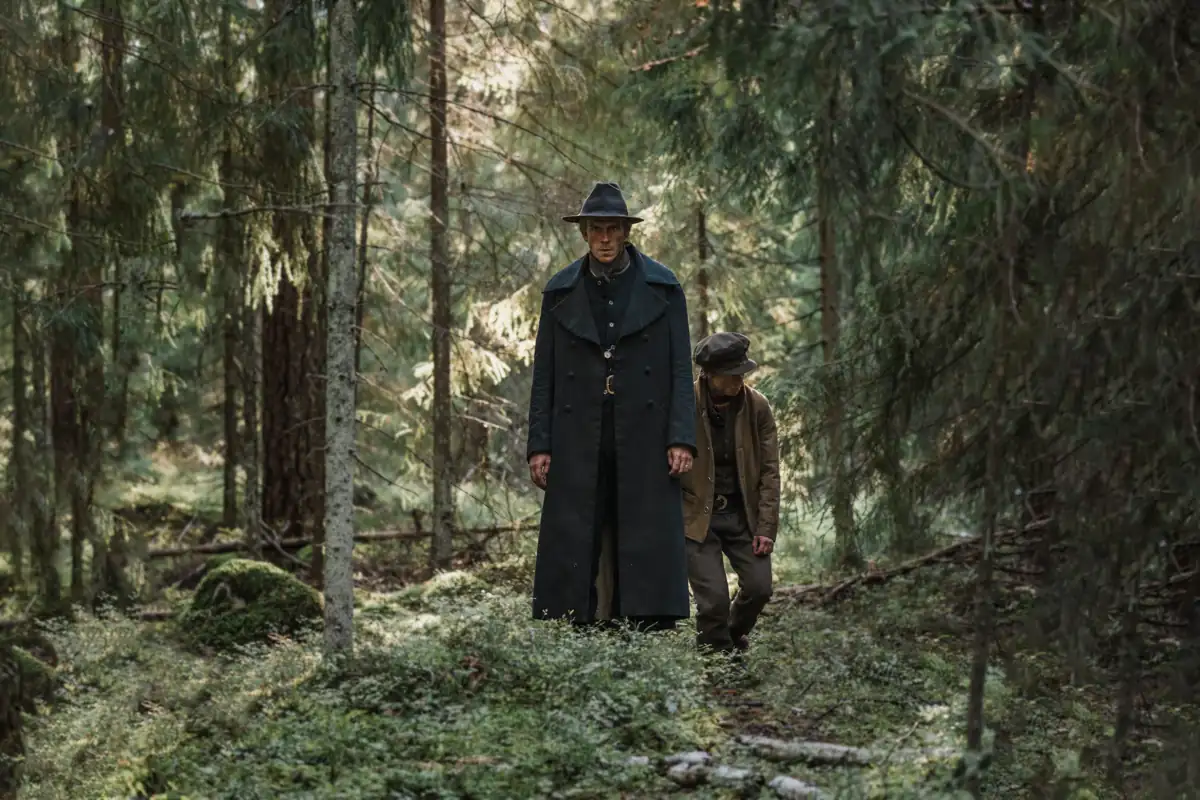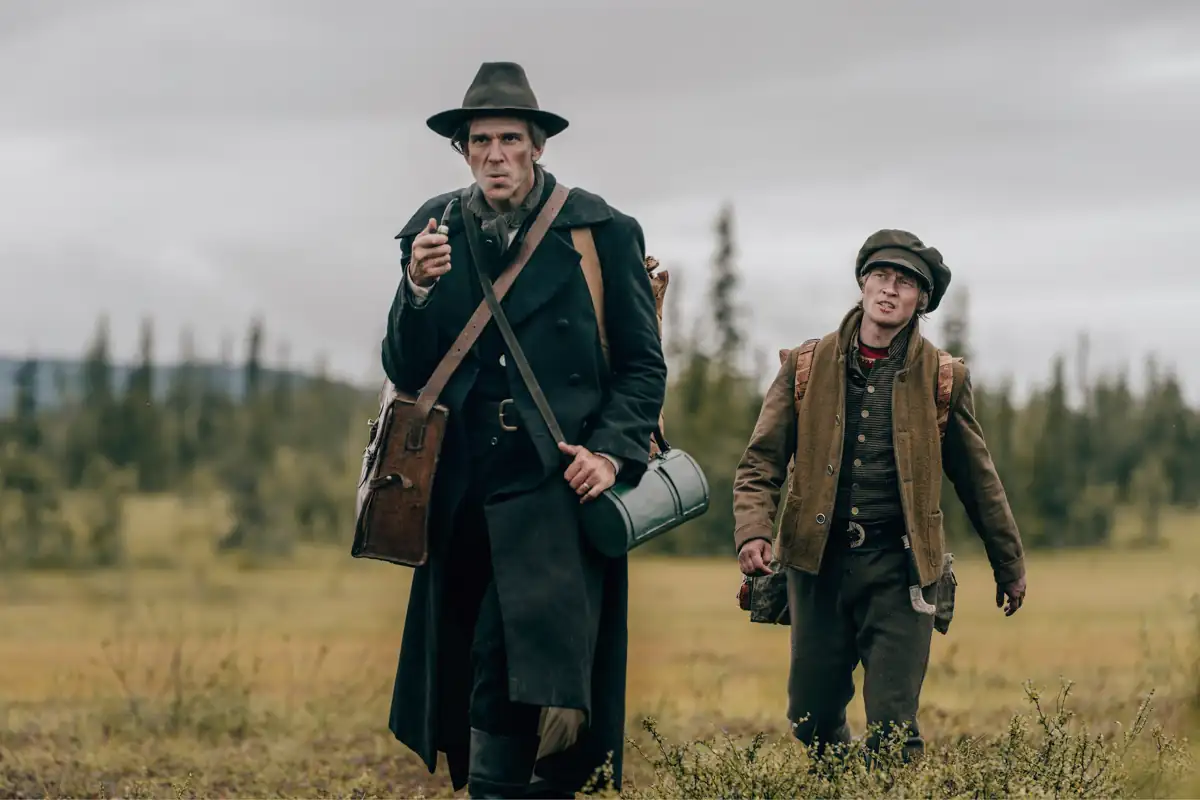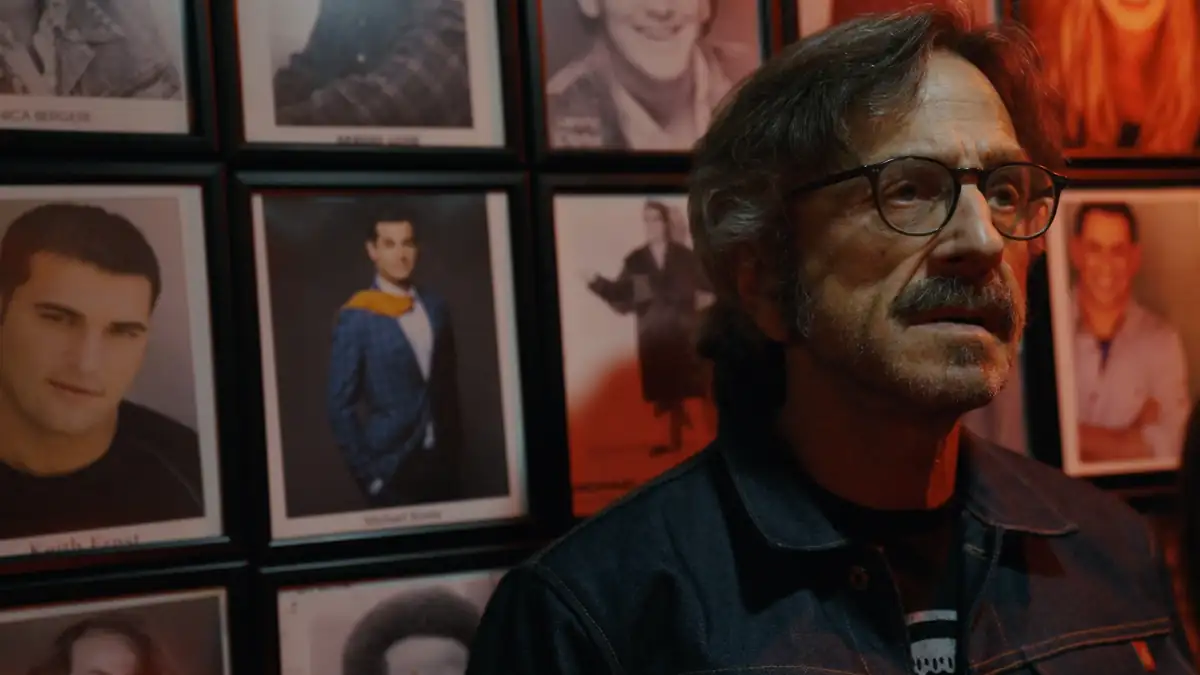Distributor provided a review copy
Open-world games are challenging. After all, how do you populate an entire world, regardless of size, with enough exciting things to do throughout dozens of hours without getting repetitive? Few in memory have managed that feat, despite filling their maps with enough landmarks, fetch quests, and mini-games to blot out the landscape. Arriving at the sunset of this console generation (after successfully launching it seven years earlier), Sucker Punch Studios hopes that GHOST OF TSUSHIMA can fill these lofty criteria where others have not.
Whether or not they succeed is a much more complicated question to answer. While GHOST falls into the same pitfalls every other open-world adventure game has, its achievements are more subtle and vital in building a more mature art form for the future.
Depictions of other cultures have never been the strong suit of gaming companies, at least Western ones. Be it from malice or accidental ignorance, too often, aspects of these depictions fall prey to the ugly sides of orientalism and stereotype. GHOST, for the most part, is notable for how reverent and even-handed its depiction is. While its excitement to include absolutely everything it loves about the culture does lead to clunky moments, the overall product remains noteworthy in the presentation.
Utilizing a Japanese cast and cultural experts as consultants, GHOST is one of the first and most prominent Western games that understand the contextual importance of the things it loves. While the experience is awash in pop culture and cinema, the story’s backbone ties with events in Japanese history and culture. The result is a mature blockbuster that never trades in ignorance for easy sensationalism.
Set in 13th century Japan, Tsushima’s island finds itself overrun with Genghis Khan’s hordes on their conquest towards world domination. Thousands of samurai lie dead in the aftermath of the first skirmishes, leaving young Jin Kasai and his uncle Lord Shimura as the only survivors. With Shimura captured, Jin is left to rally the remnants of once proud clans together if he hopes to save his home and Japan itself. But his new enemies are unlike anything the samurai have faced before. To defeat them, he must ask himself what he is willing to sacrifice to ensure peace.
A visual feast
Built with an immense amount of love for the films of Akira Kurosawa and both Jidai-geki and its subgenre chanbara cinema in general, GHOST is a remarkable achievement in merging cinematic techniques with gaming. The Kurosawa Mode, named after the iconic auteur, is crafted to mimic his 1940s and 50s output impeccably, and the results are staggering. The black and white image has all the hallmarks of older-generation cameras, complete with blurring on the edges or light bleed in high-contrast areas. Audio cues and effects sound as if recorded on dated machines with tinny reverb and echo all over the place. The image even crackles as if shot on celluloid that has begun to deteriorate.
Even more impressively, the designers understand Kurosawa’s use of movement and have crafted texture in the world by amplifying wind and particle effects at every turn. No matter where you point the camera, the world of Tsushima lets audiences know the direction visually. Whatever detail you might lose in the black-and-white image is made up of layered imagery of falling leaves and burning embers. Compare the results to classics like THE SEVEN SAMURAI, and you’ll notice the same use of nature as a set decorator. For film fans, it’s a joyous spectacle; for others, it’s a beautiful deep dive into the beautiful imagery of a cinematic maestro.
These elements extend to playing in the normal colored mode, where every aspect of the game creates the most emotional and cinematic experience possible. Tsushima exists in the realm of pure fantasy, where seasons change at the drop of a hat minutes apart. One moment you might be riding in bright white fields with the sun in your face, but turn the corner on a forest path, and the sky will turn crimson, and the air filled with cherry blossoms as a small village bathes in eternal sunset. What the game sacrifices in naturalism it makes up for in spectacle.
Equally deserving of praise is the immersive and beautiful soundtrack by Ilan Eshkeri and Shigeru Umebayashi. Combining Eshkeri’s Hollywood past elements with Kurosawa's influences, the score is noteworthy by just how faithful it is to its inspirations. Localization is perfect as well, thanks to a great cast in both English and Japanese. While the former is what the game starts with, I recommend switching over to the latter for a far richer and more authentic experience.
It’s also clear that the developers know just what an impressive feat the entirety of GHOST is: they’ve included the best – bar none – photo mode into the game. At the press of a button, the image freezes, allowing for significant manipulation for gorgeous captures. Everything is ready for aspiring cinematographers to play with, from focal length to time of day, particle density, and even wind.
This mode is so good that I have captured all the pictures in this review on the PS4 Pro system.
Filled to the brim
After the initial awe of the presentation begins to fade, GHOST admittedly takes a good few hours to get going. Tsushima’s island is split into three main areas, each vast and filled with things to do. Still, before the player is truly let loose to roleplay their part as a wandering samurai, there’s a long and meandering tutorial first. It’s nothing that hasn’t been seen in other games of its type before, but that doesn’t lessen the sting.
Once the introductory phase is over and the game begins to open up, Tsushima soars. With little holding exploration back, the island becomes a rich playground for various playing styles, each with its rewards and challenges. With a minimal HUD and no waypoint markers to distract the player, exploration feels grand and elegant as you literally let the wind guide you from one point to the next.
When violence breaks out, as it often does, the inspiration from films like SANJURO comes heavily into play. Jin can challenge combatants to duels, leading to tense showdowns employing different aspects of Kenjutsu. The further the adventure continues, the more skilled both the player and Jin become in dispatching enemies in many approaches. Emptying Mongol outposts, either charging them directly or sneaking through them in the night, is a thrill every time. These levels are also some of the best designed in the entire game and arguably something that would stand out better in a more compact experience.
The same goes for the errands that populate the island. Throughout his quest, Jinn can find shrines, hot springs, quiet locations of reflection, and numerous other items that will aid in his quest — or simply make him look a lot cooler during it. Not many of these are necessary to collect as Jinn can update his skills by playing the main storyline. But even so, the inclusion is a welcome one.
There is most likely something to collect or a bird or fox to follow across every hill, brook, or forest. Picking inspiration from Japanese mythology, the foxes guide the players to prayer shrines, which award them with charms that boost skills. Hot springs increase health while training with bamboo increases stamina. The best of the lot are the moments of quiet reflection, where the player can compose Haiku from preset lines set in the world around them. While not truly unique, these moments made the game feel more personal and private, allowing for introspection to become part of the journey. I wish more game elements would dare to break out from the typical fetch quests and into a more esoteric realm like this.
Tsushima is not a lesser experience for being an open-world game, but it does suffer from bloat just like every other AAA game today. If you focus squarely on the main story, the whole thing takes about 15-20 hours to complete, depending on difficulty and playstyle. But exploring every aspect of the island, finding every token and secret, and completing all side-quests will easily double that time. While the presentation is flawless, the content itself lacks variety to justify the nearly 50 hours it takes for full completion.
Missions lay scattered across large distances, and the locations within them equally so. Much of the game at any point is spent on horseback, either riding alone or with friends. These moments hang heavy with exposition, yet they’ve always felt like a lazy way of padding out content to me. Travel independently, and you risk wandering off the path as you spot one of the dozen or so mini-quests on the island — each of which is fun the first time around, and increasingly less so as you repeat them over and over towards the end.
A tale beautifully told
The main story and its sub-quests split into two types of Tales: gold to signify the main quest, the other silver for optional but rewarding storylines involving your compatriots. Tales range from a few minutes to even a few hours long, depending on the importance. While many side missions end up being repetitive (usually involving saving innocents or fighting off patrols), the story itself is one of the best that the current console generation offers.
Dealing with the warring years of Shogun rule, GHOST effectively tells the story of tradition versus necessity, as Jin has to confront the harsh reality that his way of life must change to protect it for others around him. The writing is nuanced and mature, allowing the player to come to terms with their morality and judgment regarding the right course of action.
Unlike other recent titles, GHOST doesn’t create a scenario where it encourages gameplay and then admonishes the player for it. Instead, the compelling narrative unfolds naturally like a sweeping adventure story turning into a tragedy. While it never reaches for the highs of cinema, the inspirations it takes from Kurosawa’s melancholy tales are clear and lovingly preserved.
A significant component of this is the terrific characters, each archetype of the genre and vividly realized by the writing. From shell-shocked monks forced to face violence they had sworn off to bittered masters whose students have turned on them, GHOST intertwines these affecting destinies vying for salvation at every turn. You want to find out what happens to these people, and in turn, their quests become a part of the full experience as opposed to boxes you tick for completion’s sake.
The two best stories of the lot come from women, in this case, Yuna and Lady Masako. The former is a thief who grew up poor on Tsushima’s streets and wilderness, and who harbors resentment for the samurai’s ruling class. Attempting to flee the island with her brother, Yuna becomes entangled in Jin’s quest to save Tsushima. One of the best characters in games this year, Yuna is a wonderfully complicated and nuanced character who is even better for never being defined by the men in her life. Her quest is her own, and the choices she makes feel natural and compelling.
Lady Masako, the last surviving matriarch of her clan, is left alive after the Mongols attack her home and slaughter her family. Her path of vengeance echoes the classic films in the genre. But instead of settling for pastiche, GHOST aims for a grand tragedy as Masako hunts those who betrayed her clan across the vast island landscape. Her odyssey mirrors Jin’s as both have to compromise on their values to keep themselves going, and her story is profoundly affecting the further it escalates.
As the long road begins to lead to the inevitable end, GHOST asks the players not to consider their actions but the broader implications of what war does to people. Using genre tropes to its advantage, the game considers the decades and centuries-long effects of occupation and generational trauma left behind by actions deemed necessary by both sides. While it does stumble in its depictions of the Mongols (who in this case remain mostly faceless monsters), the bigger picture is a surprisingly nuanced portrait that is better for what it leaves unsaid.
While a part of me wishes that GHOST was more akin to a more compact and linear experience like the PS2 classic WAY OF THE SAMURAI, there is no denying its grandeur and successes. As an action-adventure game, it utilizes everything Sucker Punch has learned in the last decade, effortlessly improving the solid foundation they set with INFAMOUS SECOND SON back at the start of this console generation.
Thanks to a smart script, genuine reverence for a foreign culture, and one of the most beautiful audiovisual presentations in years, GHOST OF TSUSHIMA is a remarkable feat that showcases just how big a difference a good story makes.

